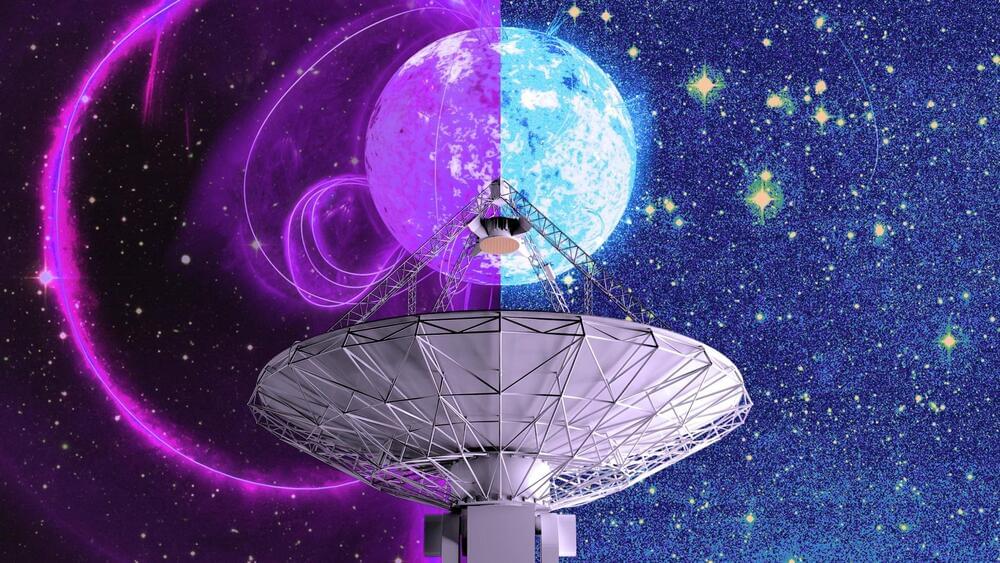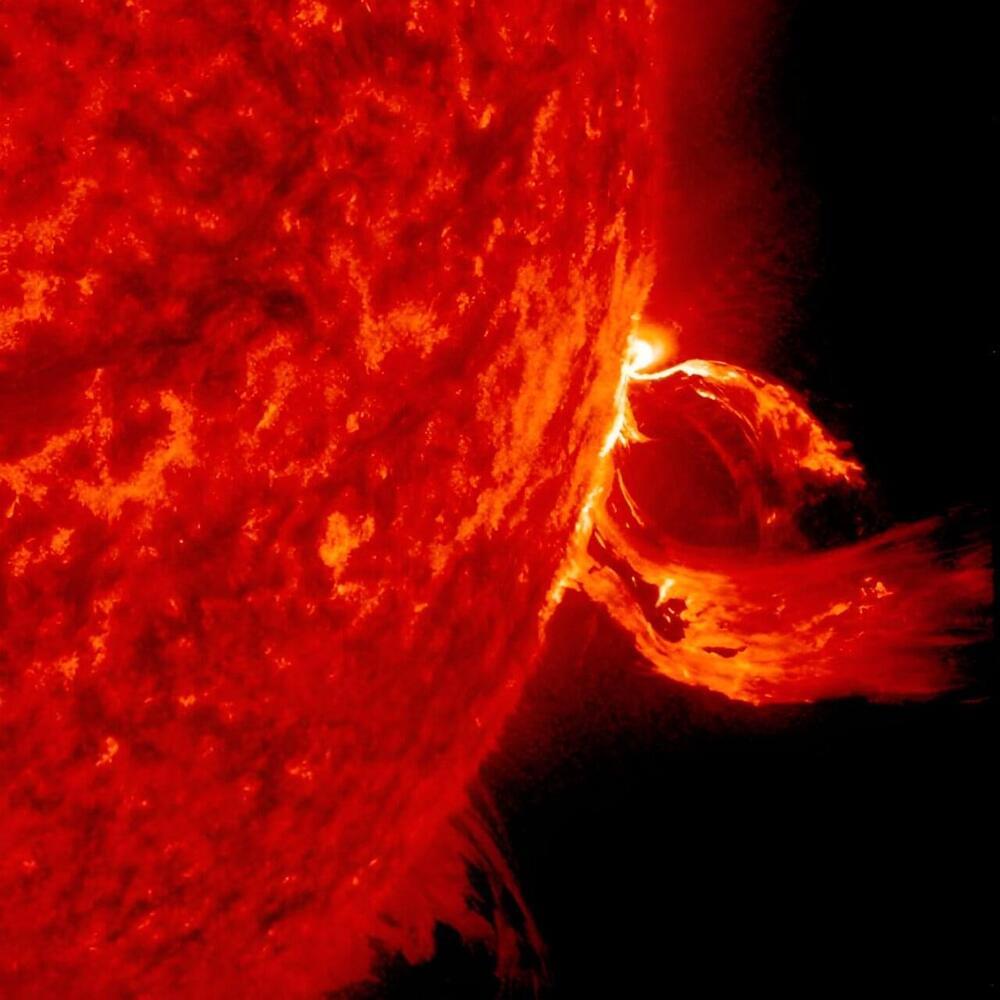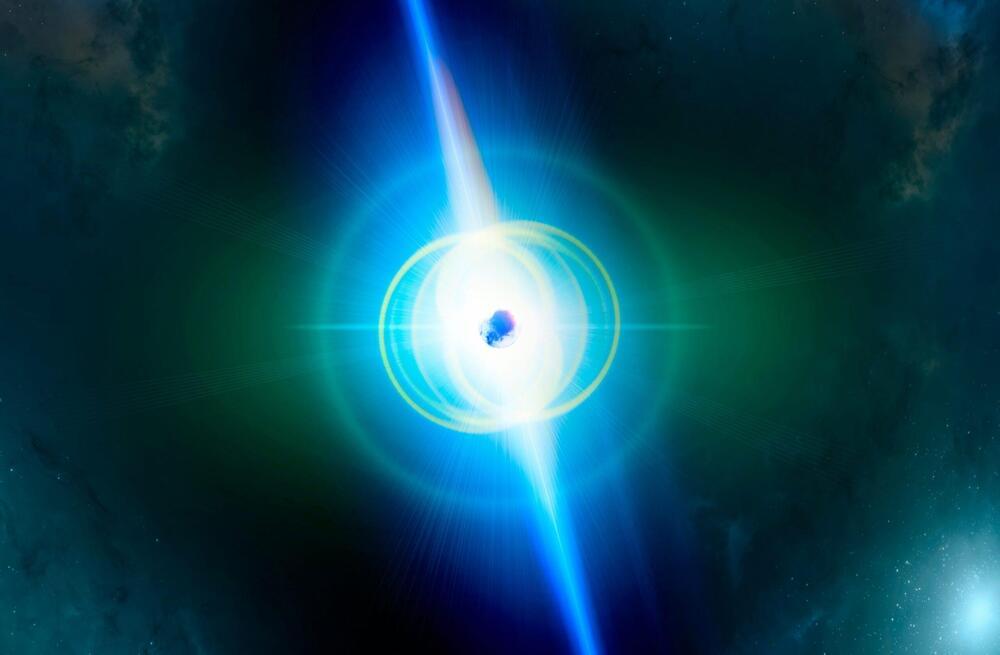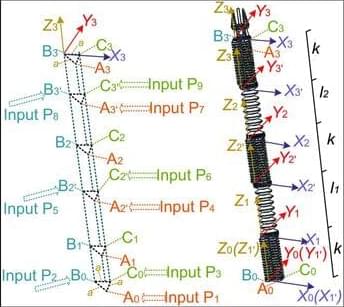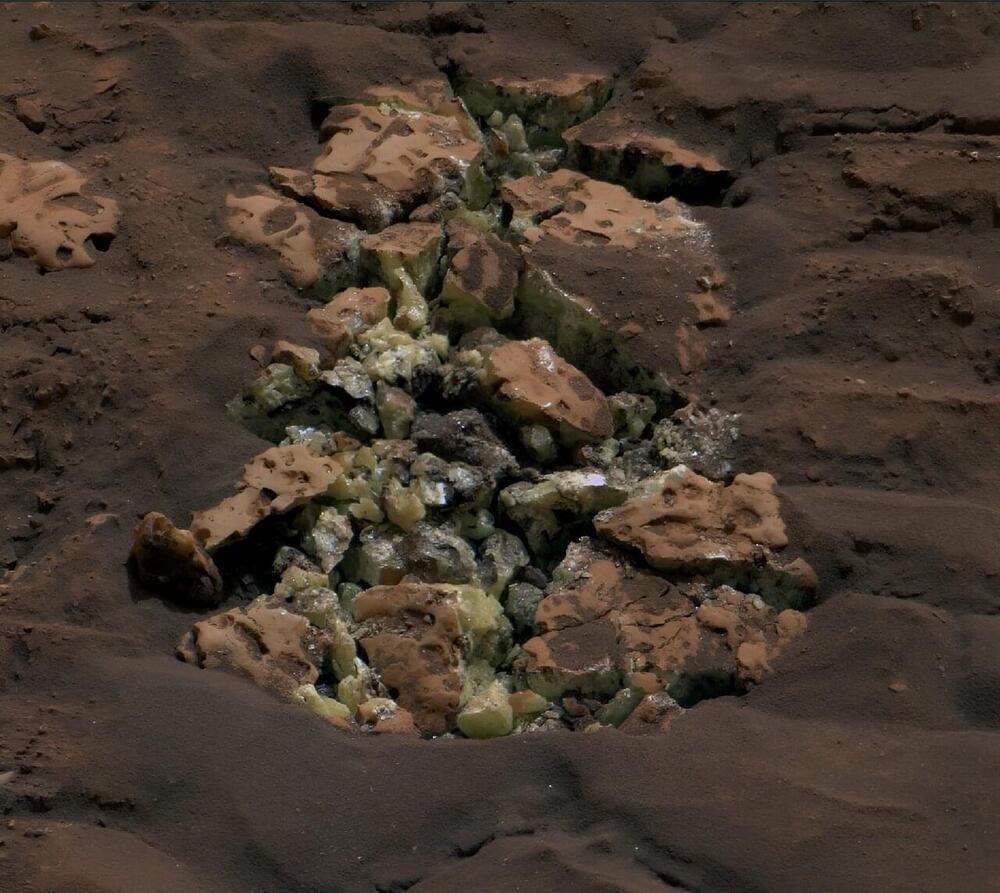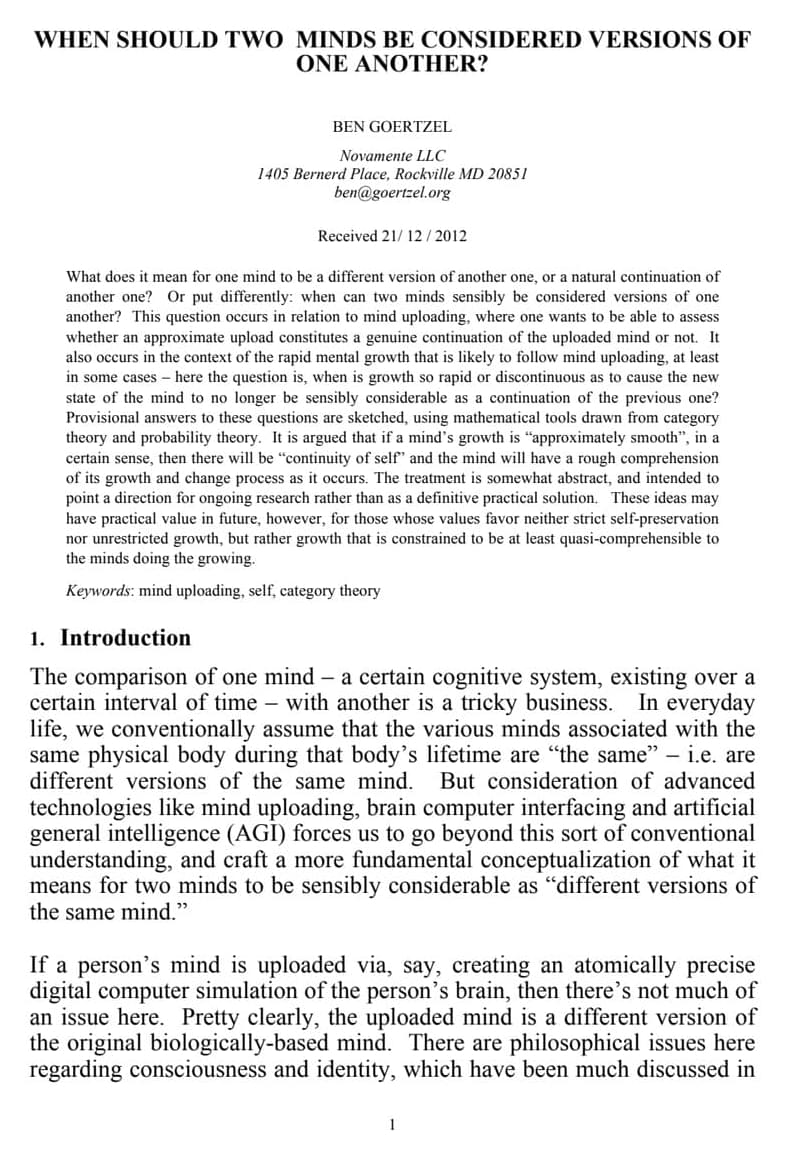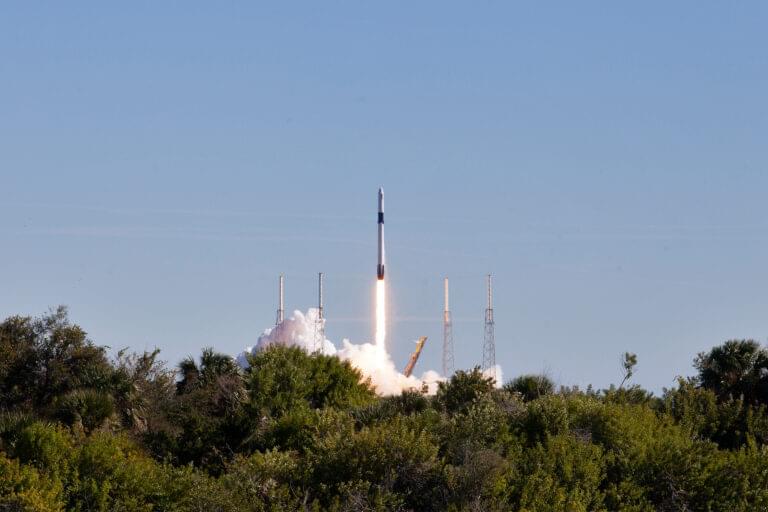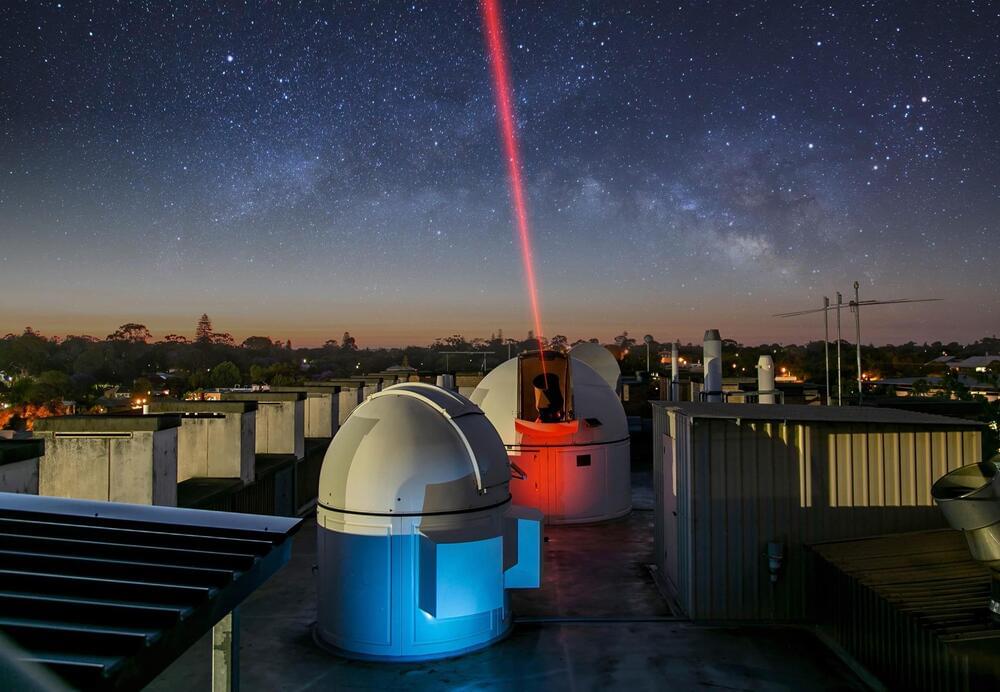Jul 21, 2024
Cosmic Slowpoke: The Neutron Star That Defies Speed Limits
Posted by Saúl Morales Rodriguéz in category: space
A newly discovered neutron star, found by an international team using the ASKAP radio telescope, spins every 54 minutes, making it the slowest of its kind.
This discovery could alter scientific theories about neutron stars and white dwarfs, emphasizing the need for more research to understand their emission properties and evolutionary paths.
Astronomers have detected what they believe to be a neutron star spinning at an unprecedentedly slow rate — slower than any of the more than 3,000 radio-emitting neutron stars measured to date.
